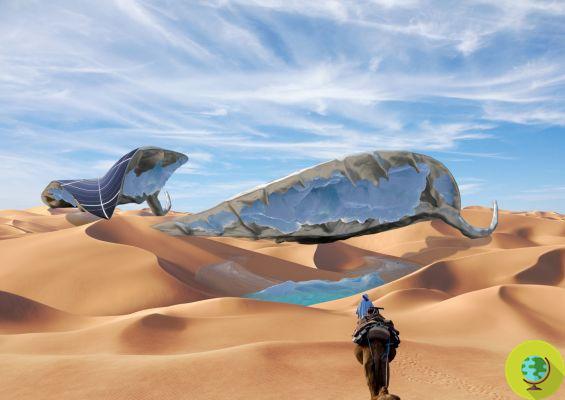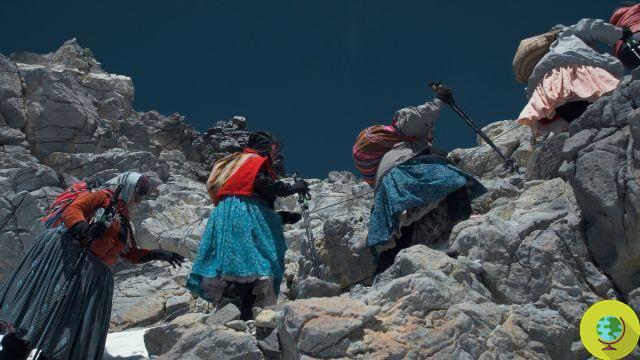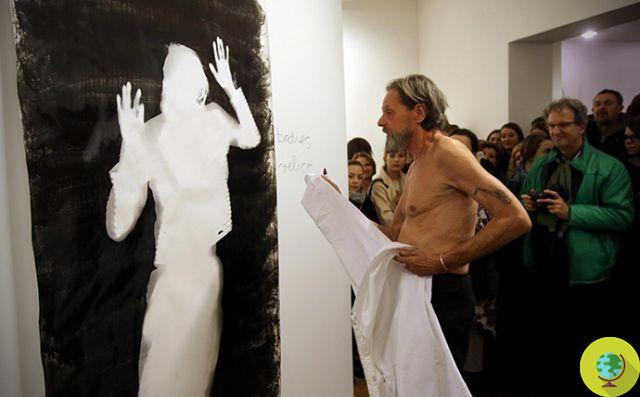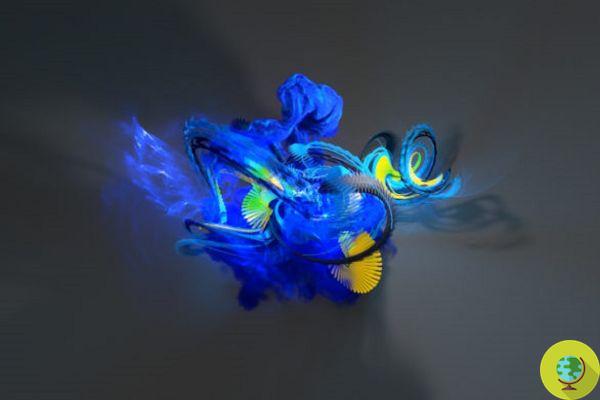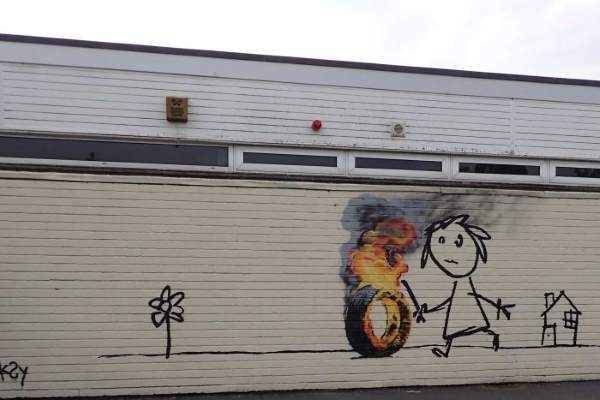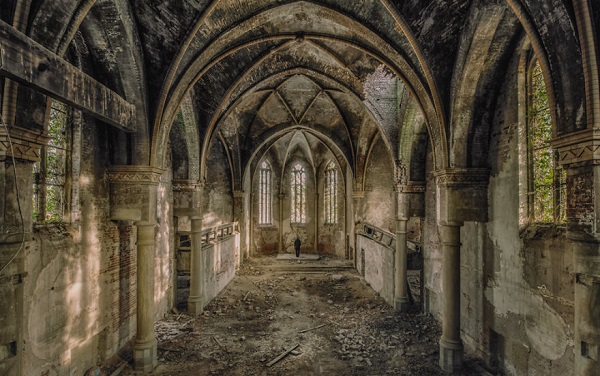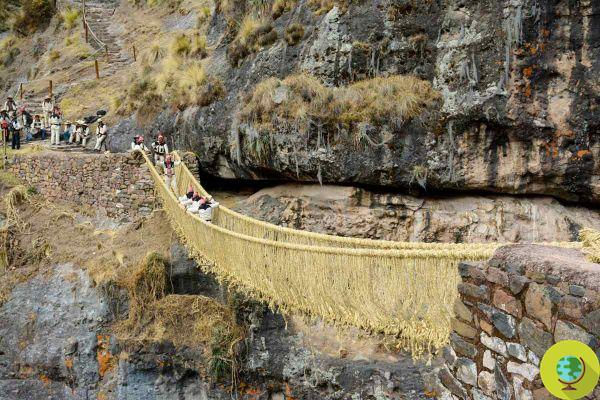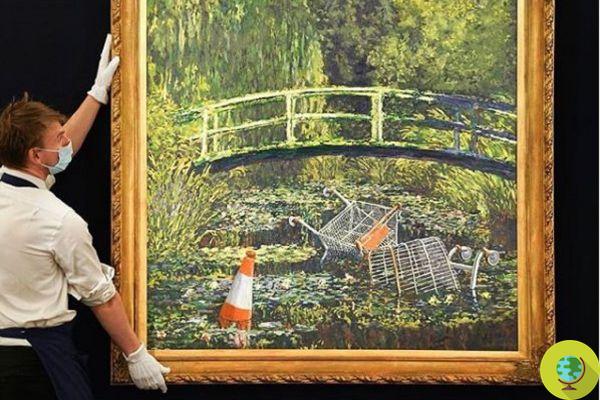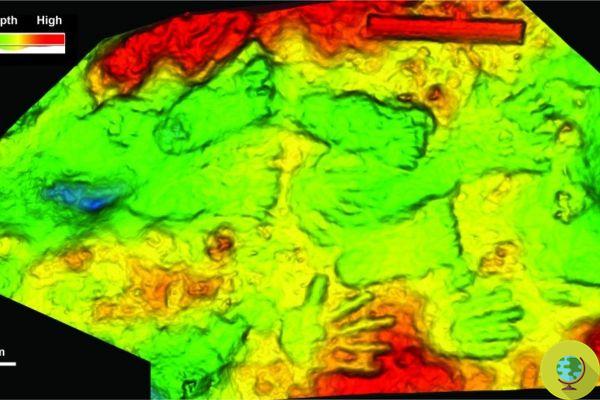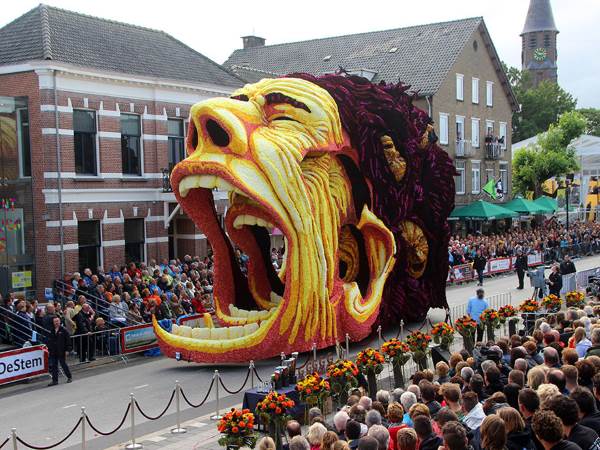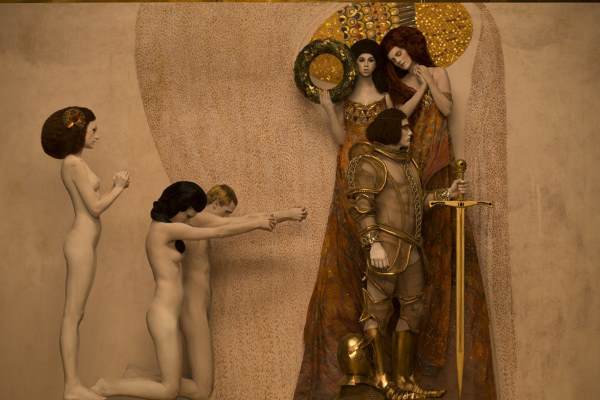Stonehenge never ceases to fascinate. A new study has identified the exact location where the megaliths of the majestic British monument originally stood
Don't store avocado like this: it's dangerousStonehenge never ceases to fascinate. A new study has identified the exact location where the megaliths of the majestic British monument originally stood.
Geologists have long been aware that 42 of Stonehenge's smaller stones, known as 'bluestones', came from the Preseli Hills in Pembrokeshire, West Wales. But a new study has uncovered the exact locations of the quarries also revealing when and how the stones were extracted.
Stonehenge is one of the most impressive and admired prehistoric monuments in the world. What is fascinating is not only the position of the megaliths with respect to the sun at certain times of the year but also the way in which it was built. We know for sure that two types of stones were used, known as sarsen and bluestone (blue stone). The first, larger in size, came from the Marlborough Downs, while the bluestones were found in the Preseli Hills in southwest Wales.
The new discovery is due to a team of archaeologists and geologists from University College of London, Bournemouth University, the University of Southampton, the University of the Highlands and Islands and the National Museum of Wales, who have investigated the sites for eight years.
Professor Mike Parker Pearson, head of the team, has explained: “The really exciting thing about these discoveries is that they take us one step closer to solving the greatest mystery of Stonehenge - why its stones came from so far - Every other Neolithic monument in Europe was built with megaliths from beyond. more than 10 miles away. Now we are trying to find out what was so special about the Preseli hills 5000 years ago, and if there were any important stone circles here, built before the bluetones were moved to Stonehenge. "
The largest quarry was found about 180 miles (290 km) from Stonehenge, precisely at Carn Goedog, on the north side of the Preseli hills.
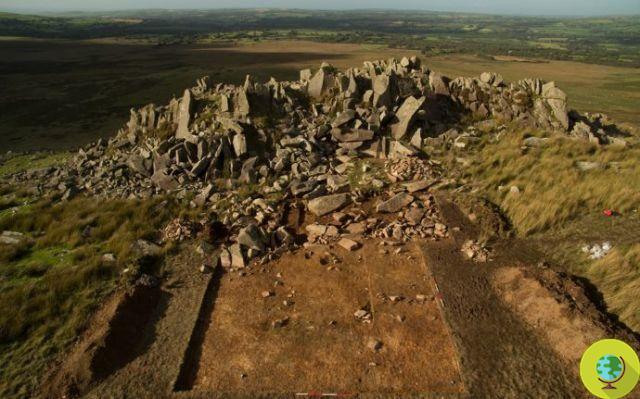
“This was the dominant source of Stonehenge's spotted dolerite, so called because it has white patches in the blue igneous rock. At least five of Stonehenge's bluestones, and probably more, came from Carn Goedog, ”said geologist Dr Richard Bevins of the National Museum of Wales.
In the valley below, another area has been identified that may be the source of one of the types of rhyolite - another type of igneous rock - found at Stonehenge.
According to the new study, the bluetones were made from natural vertical pillars that may have been lightened by opening vertical seams within them. Unlike the stone quarries of ancient Egypt, where obelisks were carved out of solid rock, quarries in Wales were easier to exploit.
The workers of the Neolithic quarries only had to insert wedges in the joints of the pillars and make the grooves up to the ends, as the tools used also demonstrate.
How were they transported?
Their journey was very long, as they were about 300km from Stonehenge. This is one of the mysteries that scientists investigate. The new findings cast doubt on the popular theory that bluestones were transported by sea.
According to the new study, these pillars were placed on a platform that served as a load compartment and then placed on wooden sleds intended for transport.
“Some think that the bluestones were brought south to Milford Haven and placed on rafts or embarked and then sailed up the Bristol Channel and along Bristol's Avon to Salisbury Plain. But these quarries are located on the north side of the Preseli Hills, so the megaliths may have been transported overland, ”added Professor Kate Welham of Bournemouth University.
The research was published on Antiquity.
READ also:
- Here are who the first inhabitants of Stonehenge were
- Stonehenge: Ancient architects used the Pythagorean theorem 2 thousand years before the mathematician
- Stonehenge: the "house of the dead" discovered underground (PHOTO AND VIDEO)
Francesca Mancuso





